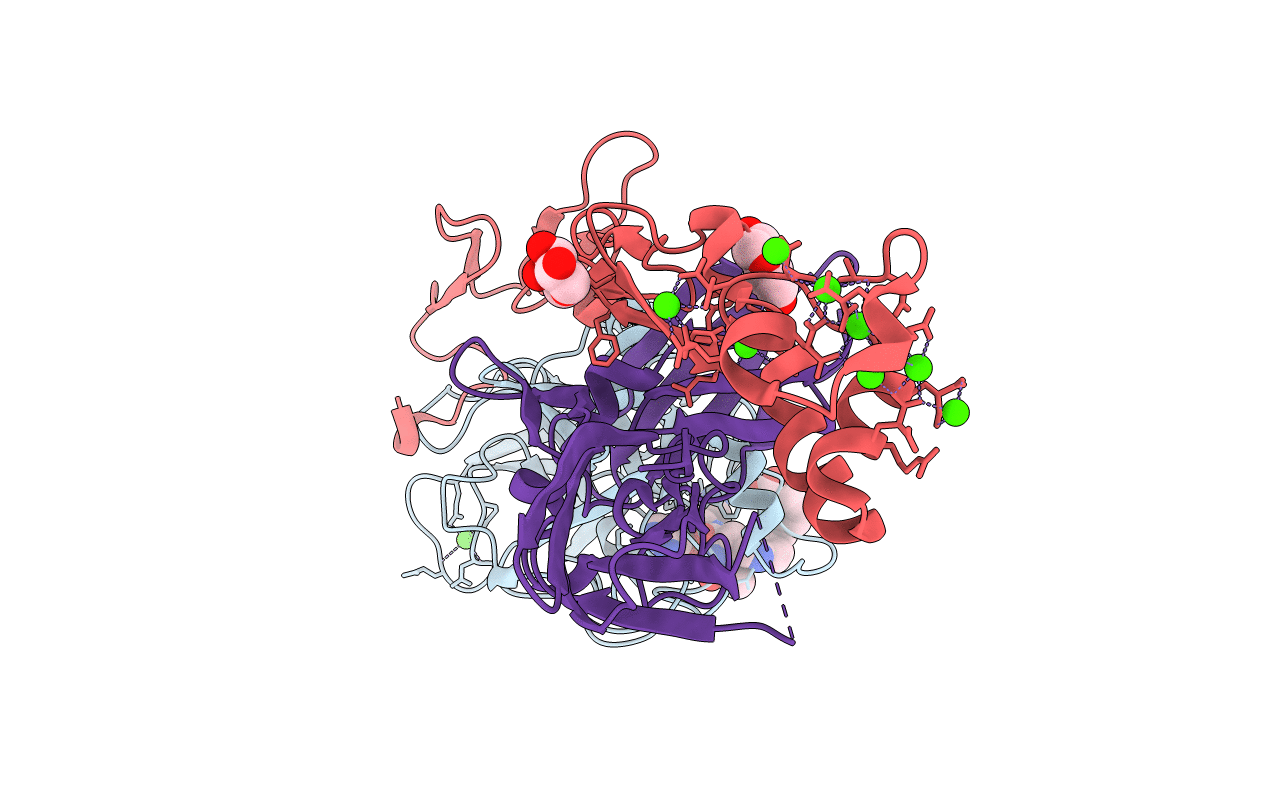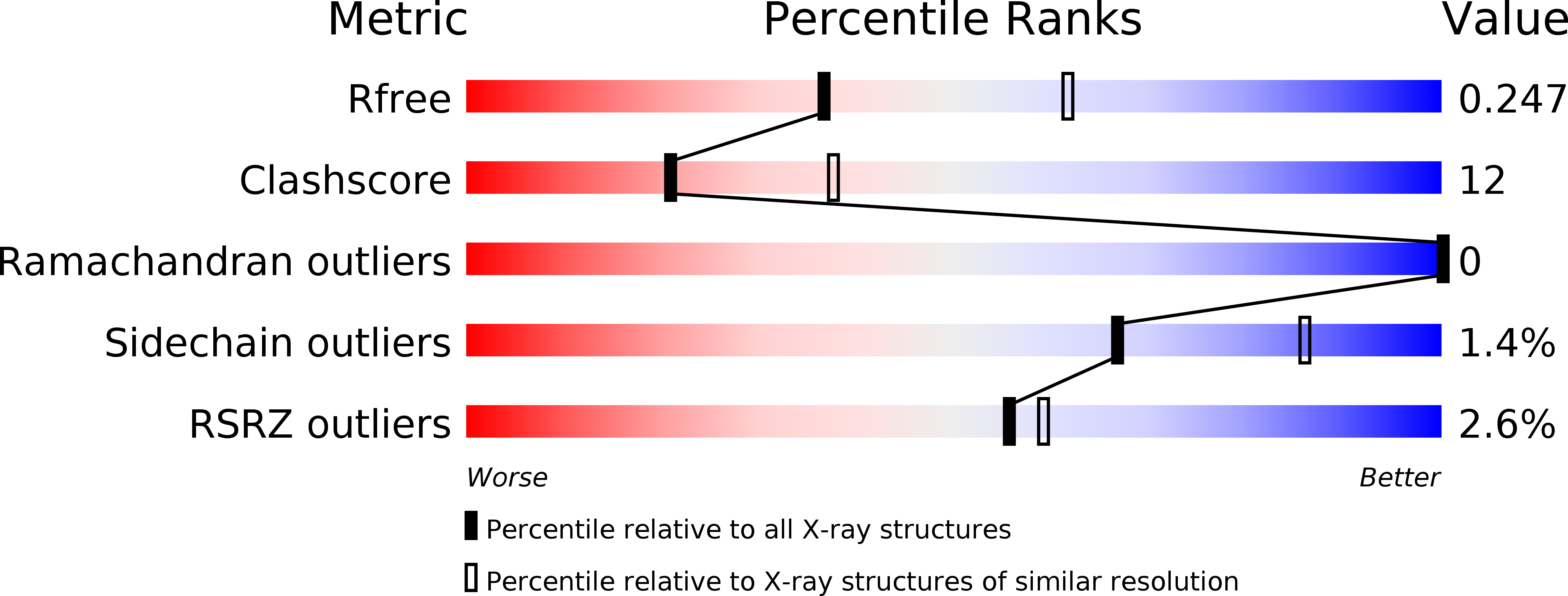
Deposition Date
2009-02-25
Release Date
2009-03-24
Last Version Date
2023-11-15
Entry Detail
PDB ID:
2ZZU
Keywords:
Title:
Human Factor VIIA-Tissue Factor Complexed with ethylsulfonamide-D-5-(3-carboxybenzyloxy)-Trp-Gln-p-aminobenzamidine
Biological Source:
Source Organism:
Homo sapiens (Taxon ID: 9606)
Host Organism:
Method Details:
Experimental Method:
Resolution:
2.50 Å
R-Value Free:
0.27
R-Value Work:
0.22
Space Group:
P 21 21 21


